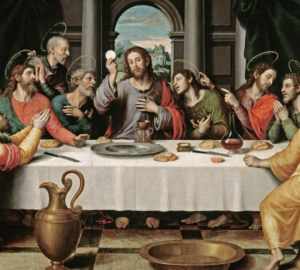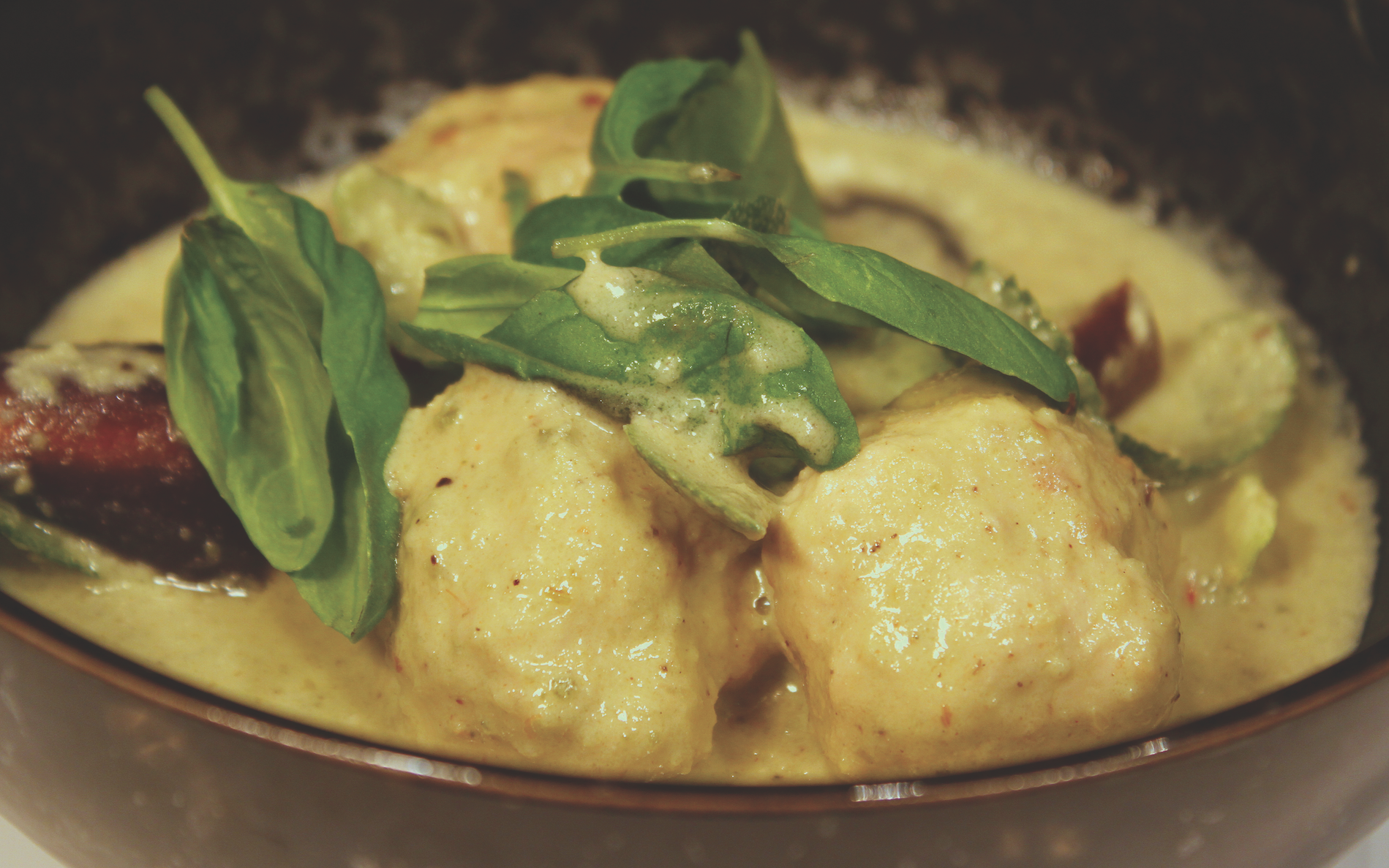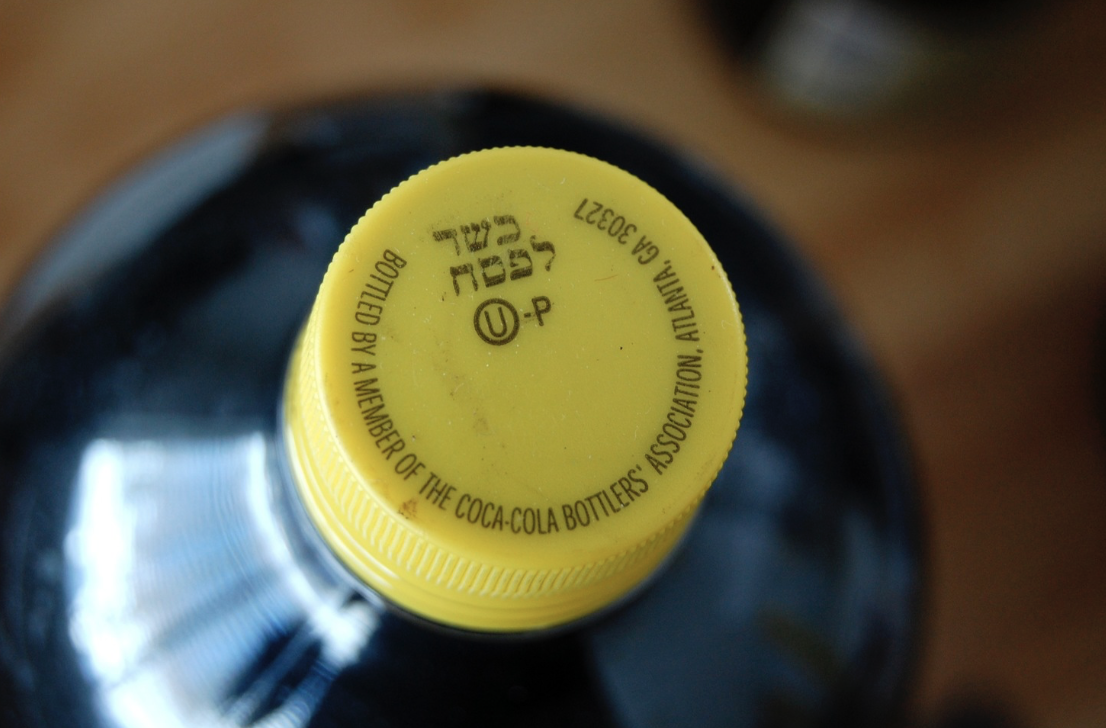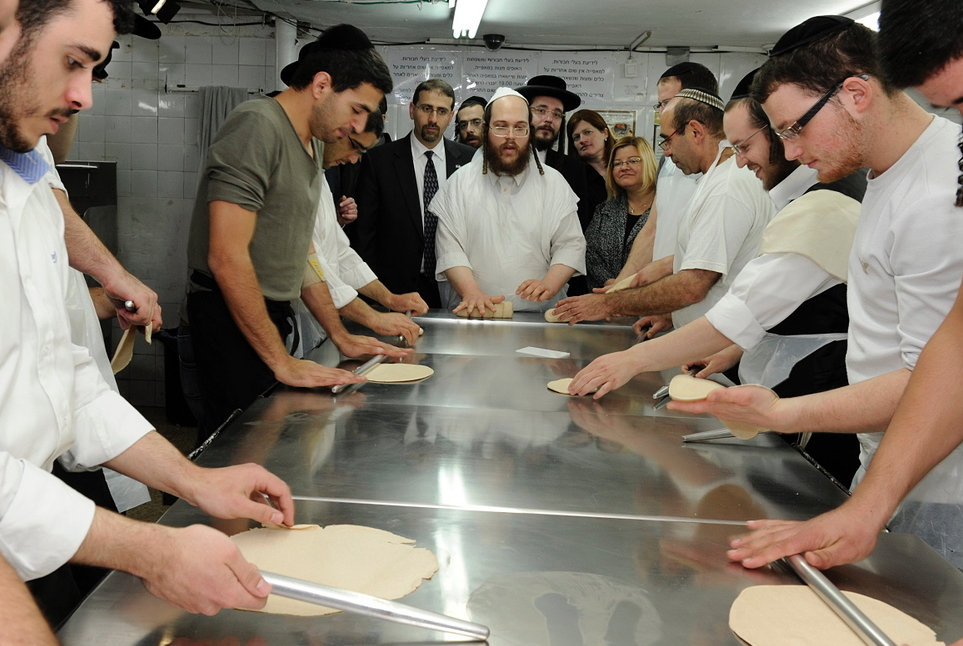By Maayan Jaffe-Hoffman/JNS.org
Nearly every year around the time of the Jewish holiday of Passover and the Christian holiday of Easter, theologians and historians start to ask the same question: Was Jesus’s Last Supper a Passover Seder?
“It is all very mysterious,” says Rabbi Raymond Apple, rabbi emeritus of the Great Synagogue in Sydney, Australia.
Let’s start with the facts: There are four accounts in the New Testament that refer to the Last Supper with any reference to the Passover holiday. Those are Mark 14:12-31, Matthew 26:17-30, Luke 22:1-19, and John 13:1-30. But Mark, Matthew, and Luke are synoptic Gospels, which means they are closely related and best studied together, making the three Gospels—according to Jonathan Klawans, a professor in Boston University’s Department of Religion—“one testimony, which was then copied twice.”
“Mark…fashioned and inserted a single ‘Passover’ paragraph (14:12-16)…between what we identify as 14:11-17,” explains author Michael J. Cook, a professor of Judeo-Christian Studies at Hebrew Union College-Jewish Institute of Religion. “So the entire problem resides with Mark’s text.”
According to Mark’s text, Jesus prepared for the Last Supper on “the first day of Unleavened Bread, when they sacrificed the Passover lamb.”
We know that the Passover lamb was sacrificed on the 14th day of the Hebrew month of Nissan, and consumed by Jewish families either on that night or the onset of the 15th day of Nissan.
Klawans notes that there are those who can cite no less than 14 parallels between the account described in Mark and the modern-day Passover Seder. These include the bread and wine, the hymn or blessings that were recited, and the reclining diners. Jews at their Seders discuss the symbolism of the Passover meal; Jesus at his Last Supper discussed the symbolism of the wine (“This is the blood of my covenant”) and the bread (“Take, eat; this is my body”).
Nonetheless, scholars Klawans, Apple, and Cook all do not believe that Jesus’s Last Supper was the Passover Seder, for several reasons.
For starters, the parallels that can be drawn seem to be those that are too general, rather than decisive. It would not be uncanny for Jesus to eat a meal with his disciples in Jerusalem. During that meal, they would have reclined, broken bread, drank wine, and possibly even sang a hymn.
“Such behavior may have been characteristic of the Passover meal, but it is equally characteristic of practically any Jewish meal [at the time],” says Klawans.
Some key Passover elements are missing from the Last Supper: the Passover lamb, references to matzah (unleavened bread), the bitter herbs, charoset, the four cups of wine, the recitation of the four questions, and the narrative retelling of the Passover story.
Moreover, the parallels drawn between the Last Supper and the Passover Seder ritual we celebrate today assume that the Seder as we know it was celebrated in Jesus’s day. But this was not the case. Nearly all scholars agree that the modern Passover Haggadah and the rabbinic accounts of Passover traditions all emanate from after the destruction of the first Jewish Temple in the year 70 C.E. The Gospels date Jesus’s ministry from around 26 C.E. to early 37 C.E., with Jesus’s death coming between 30 and 33 C.E.
“At that time, the core element of the Passover observance had been Jerusalem’s sacrificial cult, from 621 B.C.E. up until 70 C.E.,” says Cook. “Jewish families brought lambs for sacrifice on the Temple altar as biblically prescribed.…For the ceremony, the kohanim (Jewish priests) conducted the sacrificial rite. Then families retrieved and consumed their meat as part of their Passover meal, which also included unleavened bread and bitter herbs. The Passover meals Jesus experienced in his lifetime would have had to be along these Temple-centered lines.”
Klawans says many people assume that Jesus ate matzah at his Last Supper because Catholics eat wafers as their Eucharist bread. The custom of using wafers, however, does not date back as far as one might think, but rather only to Medieval times. The oldest customs in Orthodox Christian churches involve bread, and the New Testament describes bread—not unleavened bread.
“There is no reason to think the bread was matzah unless that was specified,” Klawans says.
Additionally, Klawans says it is impractical for Jesus’s crucifixion to have taken place on Passover, as the Sanhedrin (Jewish High Court of 70 elders) would not have worked on the Yom Tov holiday, which was already one of the Israelites’ most important pilgrimage festivals.
“It is possible the priests broke the rules? Yes. We don’t really know and maybe they felt this was really important,” says Klawans. “But it is not just that Mark depicts the priests doing these things.…The Gospel doesn’t even seem to realize that it is imagining the priests violating their own rules.…If this really went back that far, to the early stages of Christianity, people would have cried foul, ‘How can the priests do that?’”
In the Gospel of John, it is understood that the Last Supper was not a Passover Seder, though John does draw a parallel between Jesus and the Passover sacrifice. John, likely for theological motivations, claims Jesus was executed on the day of the preparation of the Passover sacrifice. Jesus, according to John’s theology, was sacrificed like the lamb—and his death heralds a new, spiritual redemption, just as the Passover offerings recall an older, physical redemption.
Why would ancient Christians have wanted to draw parallels between Passover and Jesus’ Last Supper? In a 2014 article for Biblical Archaeology Review, Klawans cites three ideas. One is that within a few years after Jesus’s death, Christian communities—then largely made up of converted Jews—began to ask when, how, and even whether they should celebrate or commemorate Passover. Encouraging Christians to celebrate Easter on Passover might have made sense to emphasize that Jesus celebrated Passover with his disciples before he died.
Another reason, proposed by New Testament scholar Karl Georg Kuhn, is the opposite: In order to encourage Christians not to celebrate Passover. Jesus says he has eaten the last paschal lamb and drank the last cup of wine until his second coming, “until the kingdom of God comes” (Mark 14:25).
Lastly, perhaps it is because Jewish Christians who were attempting to maintain the Jewish character of early Easter celebrations had an easier time calling the Last Supper a Passover meal.
Apple believes it is a lot less complicated. He purports that the Gospels were simply adding “a little bit of color” and some emotion to their stories, as a good writer would do, by referencing the time of year.
Further, Apple, like Klawans, points out that one must separate between history and theology.
“We who are looking at the past have to recognize that that we are doing history, understanding the past, while our sources are doing theology, belief,” says Klawans.
Apple notes that today, most Christians don’t focus on this question anymore, while Jews continue to find it fascinating for antiquarian reasons.
Demonstrating the device of the Passover Seder has furthered Jewish-Christian dialogue, according to Cook, “making what used to be the most dangerous time of year for Jews now the best.”
“In recent times, Jews welcomed an astonishing pivot when Christians began to deem Seders splendid vehicles for experiencing a taste of what Jesus’s Jewish life has been genuinely all about,” writes Cook in an article published by ReformJudaism.org. “Responding in kind, Jews were now thrilled to invite Christians to local synagogues or Jewish homes to experience Seders themselves.”
On the other hand, he says, Christians who have co-opted the Seder for church programming are trespassing on Jewish prerogatives, and have somewhat reverse this positive trend, according to Cook. In his ReformJudaism.org article, he writes that perhaps “the pendulum swung too far.” He notes that some Christians will today photocopy Passover haggadot and repackage them with insertions of a Christological nature, such as assertions that death of the firstborn foreshadowed Jesus’s death, the lamb’s blood on the doorpost anticipated Jesus’s blood on the cross, and that the parting of the Red Sea heralded the sacrament of baptism.
Cook concludes, “Jesus never practiced the kind of Passover meal that many churches stage today to reenact the last supper. Nor could this meal have been a Seder.”







Comments